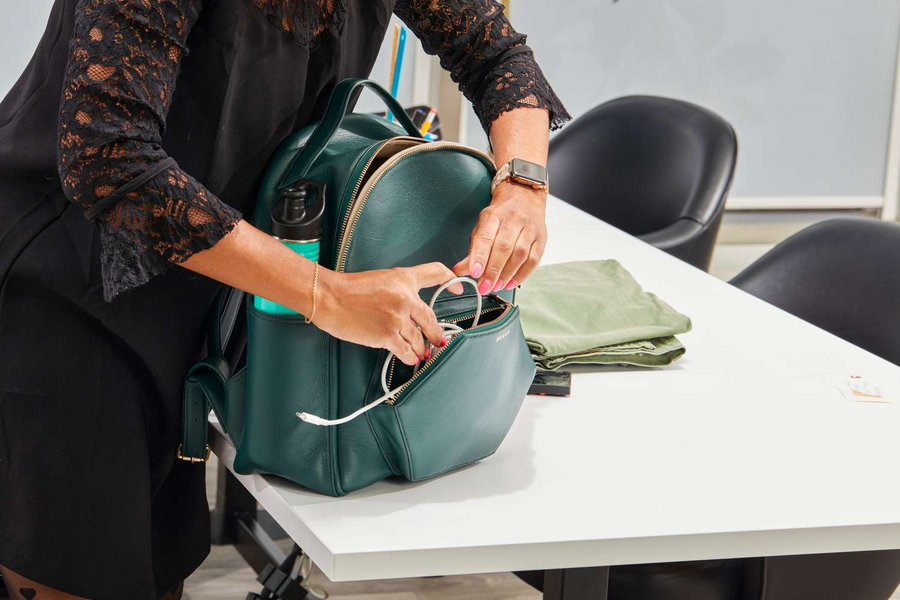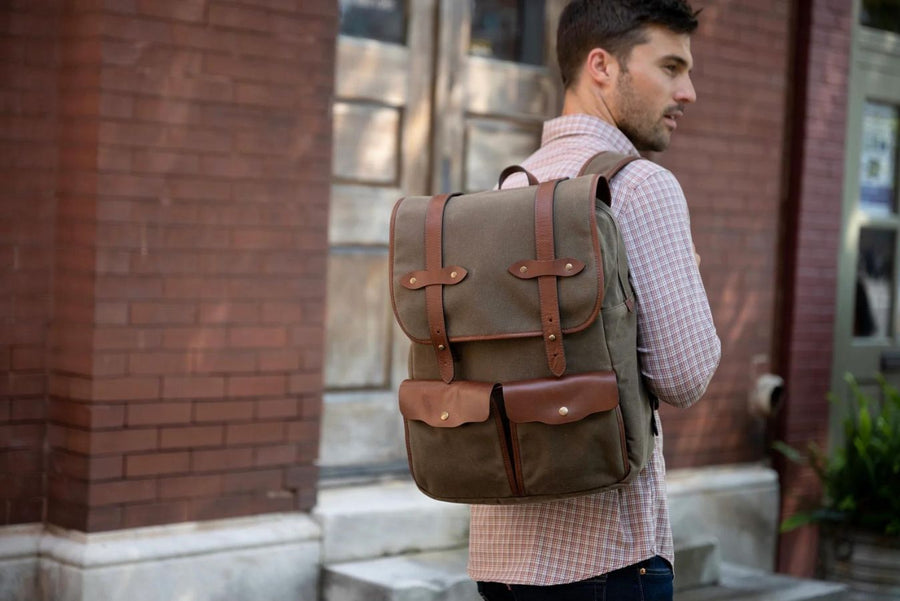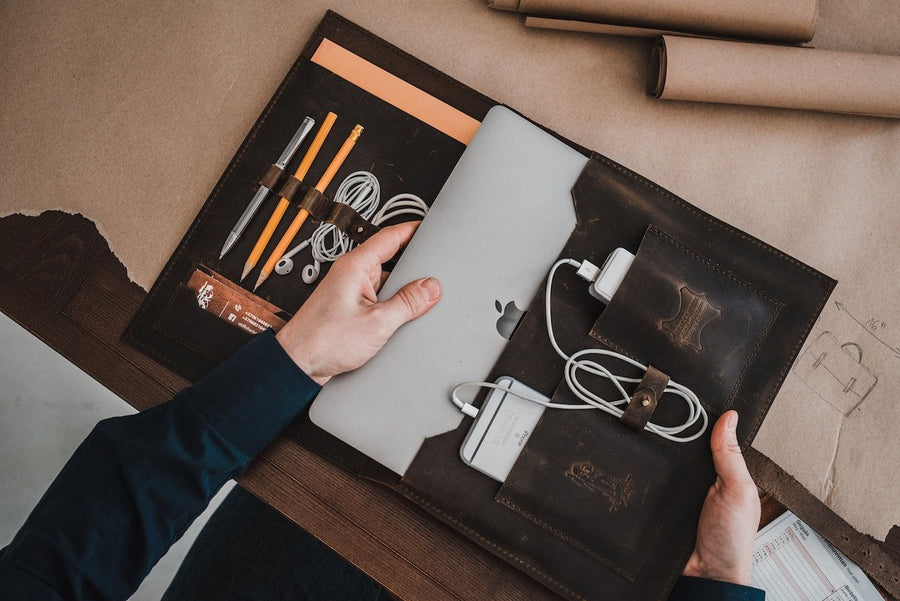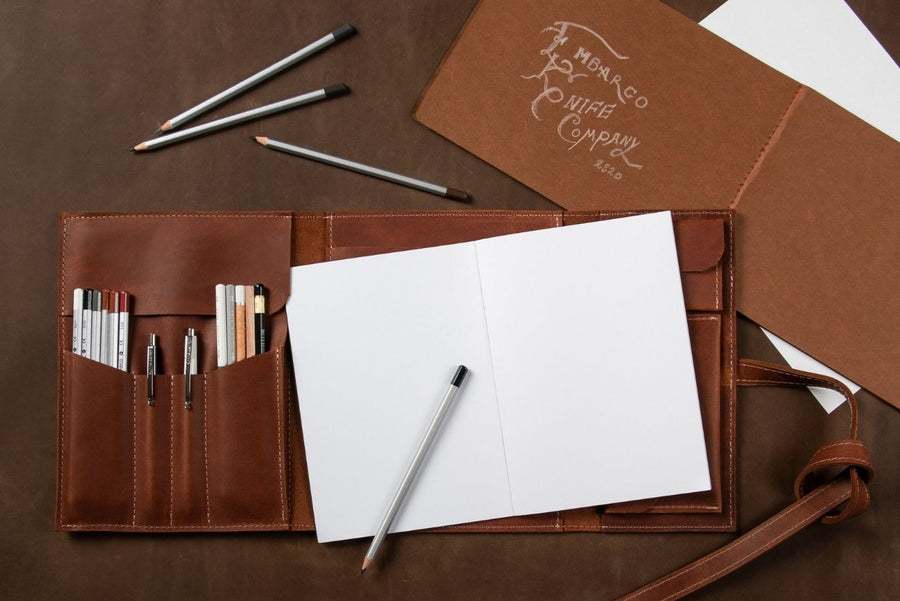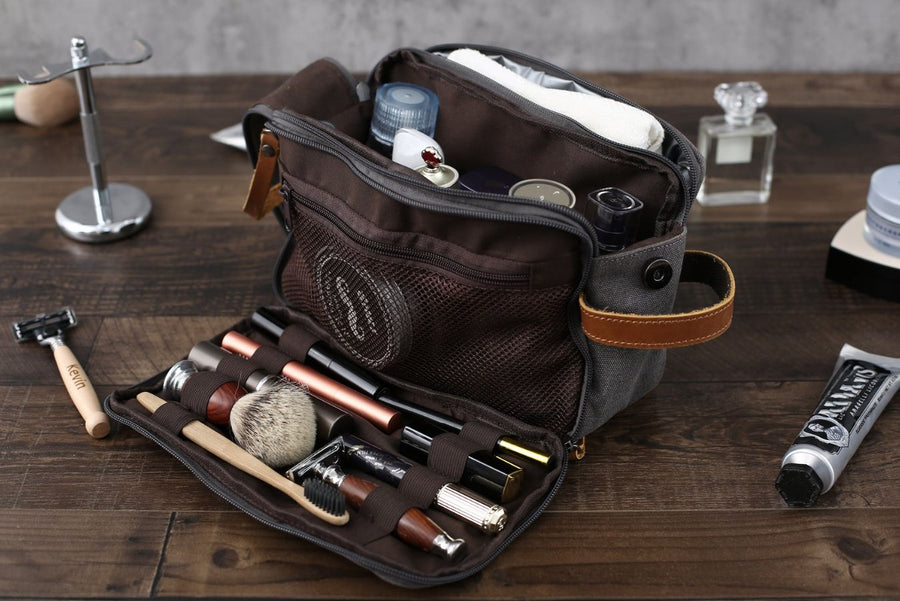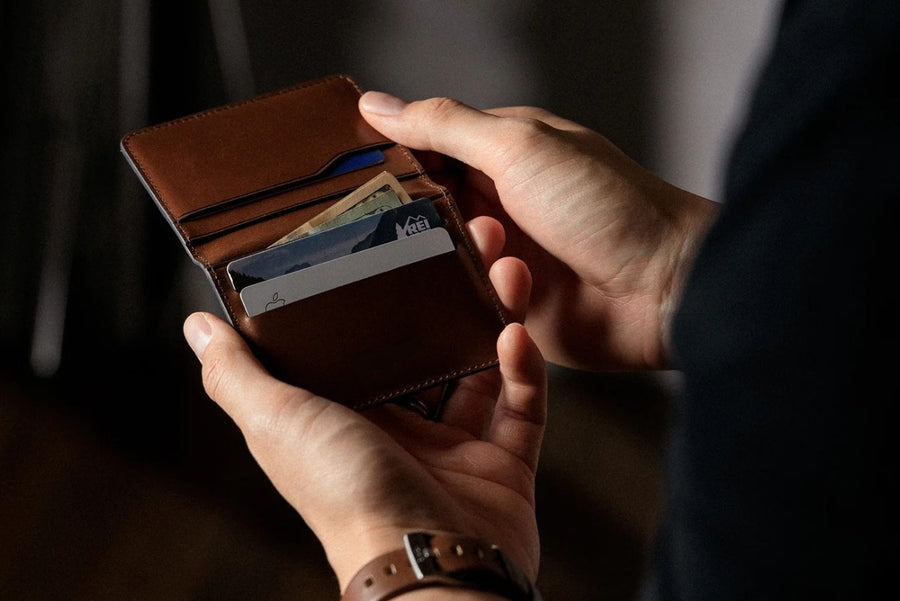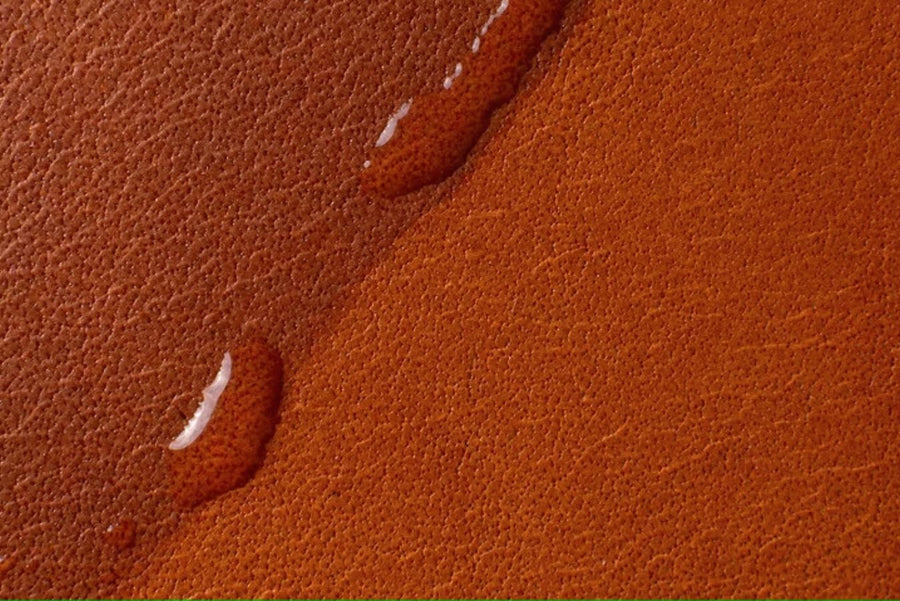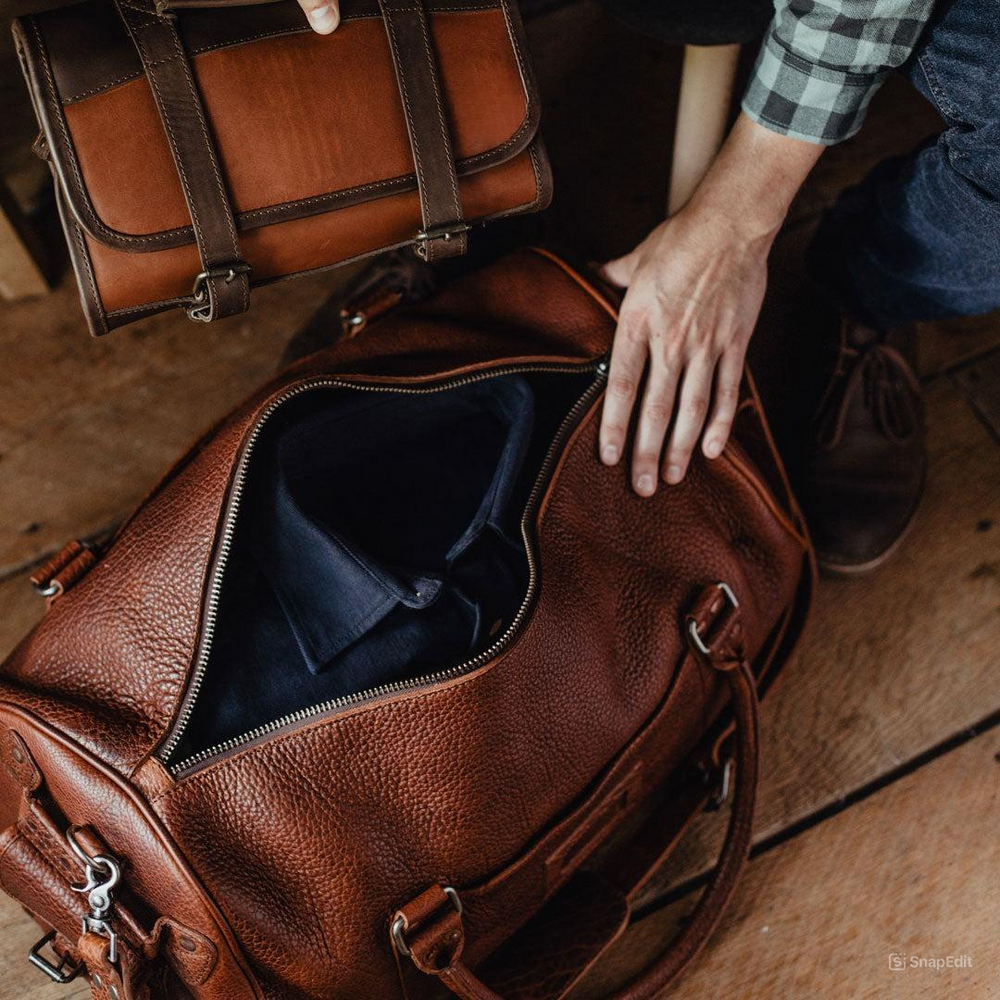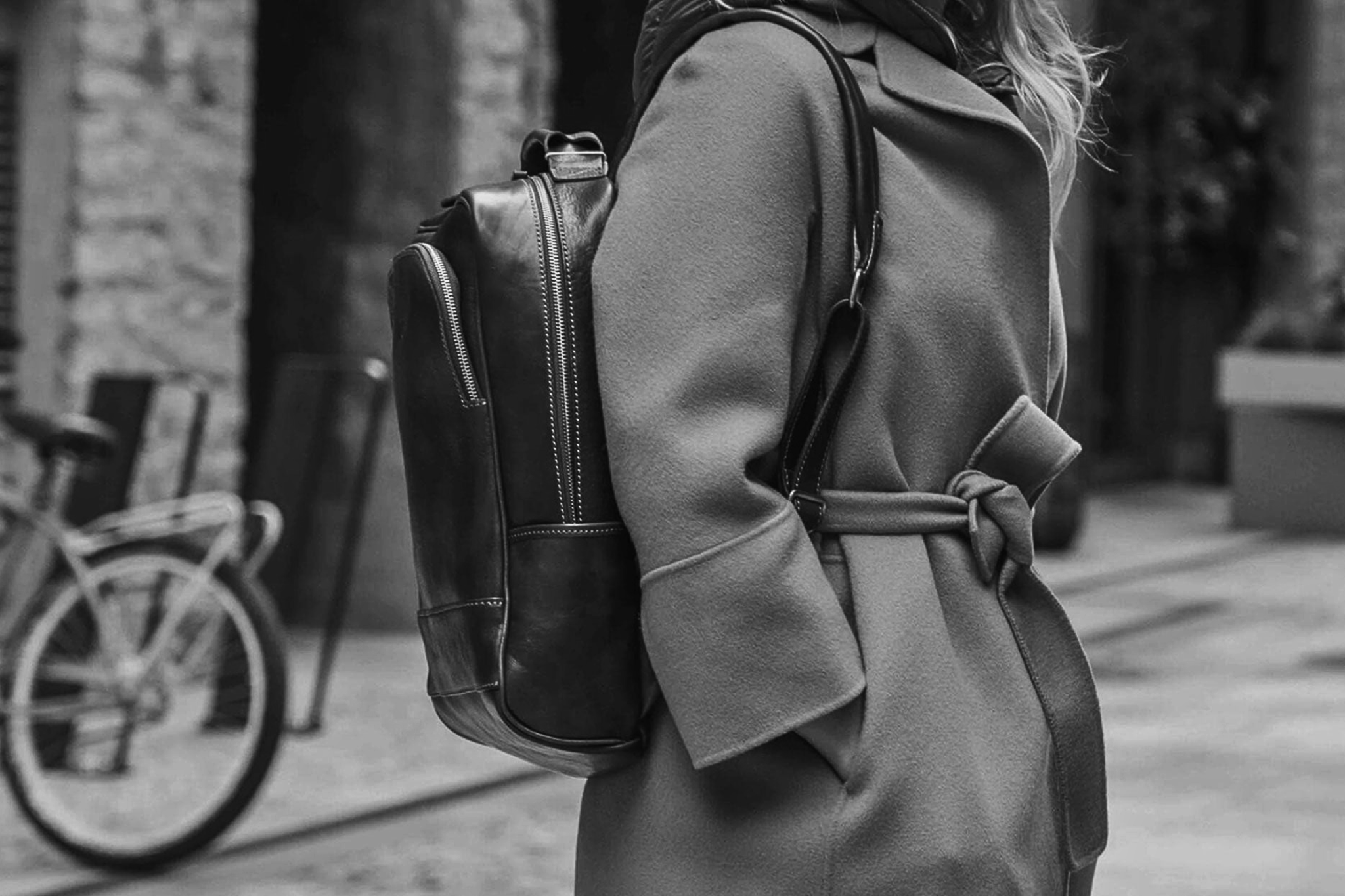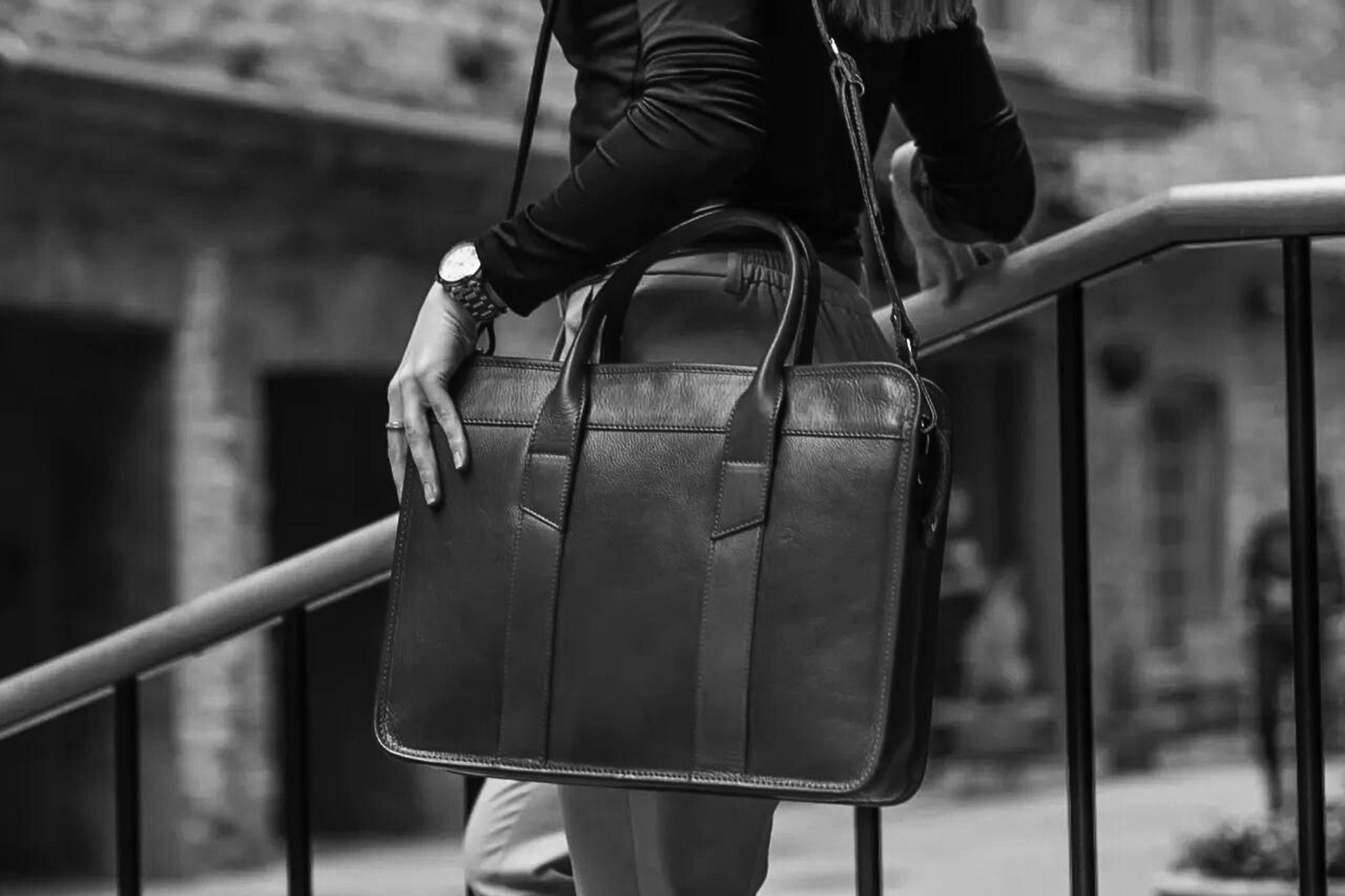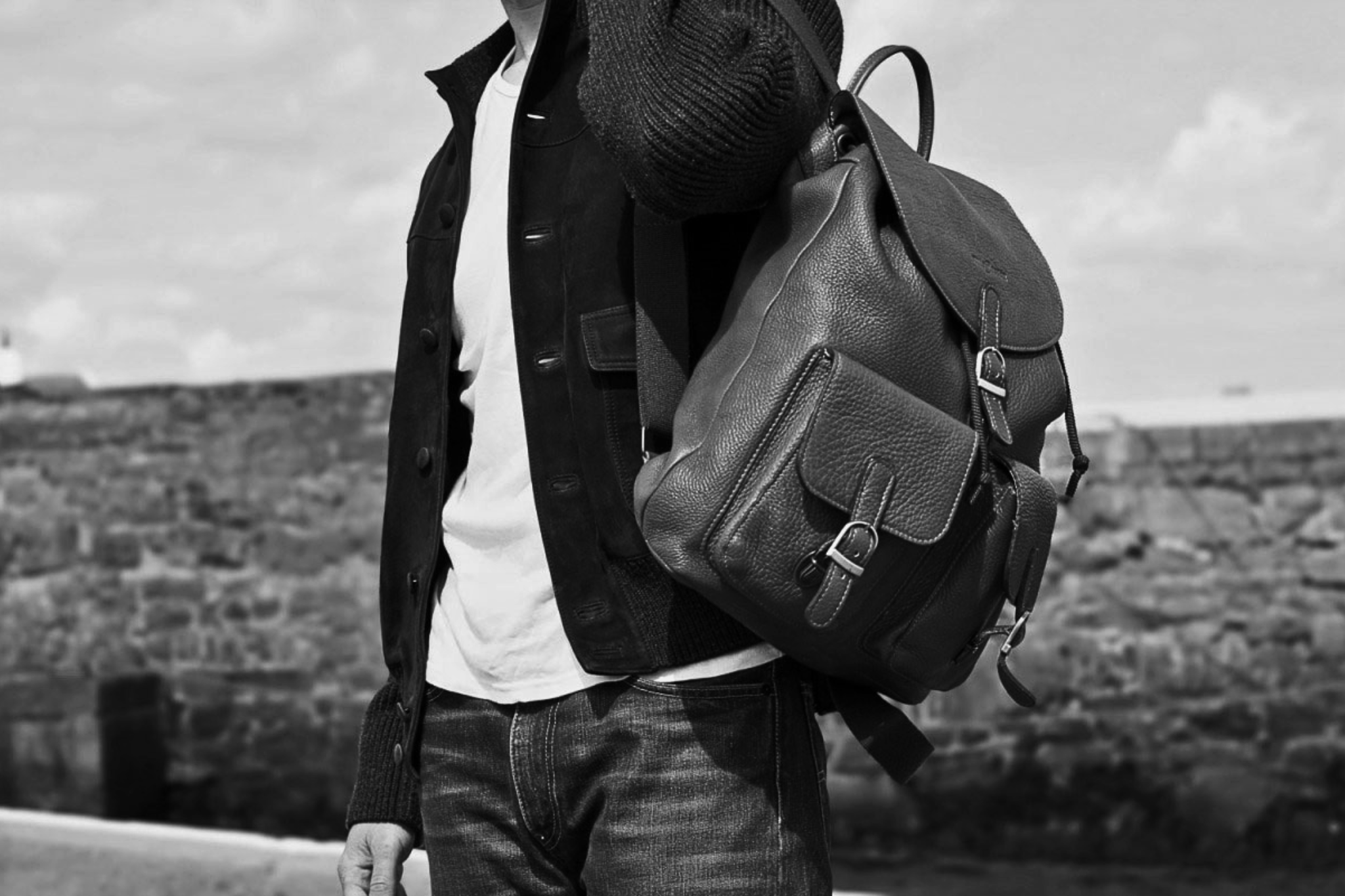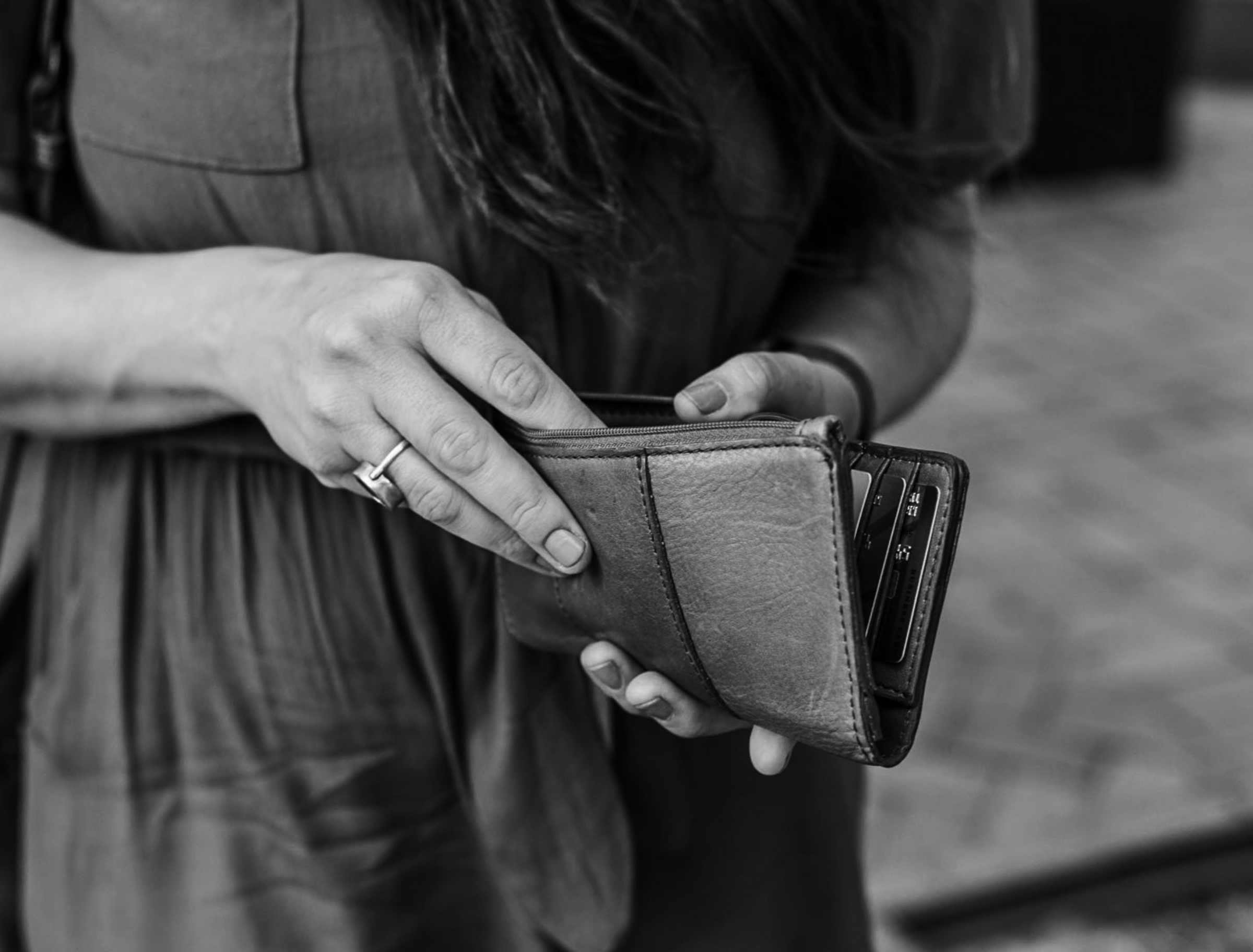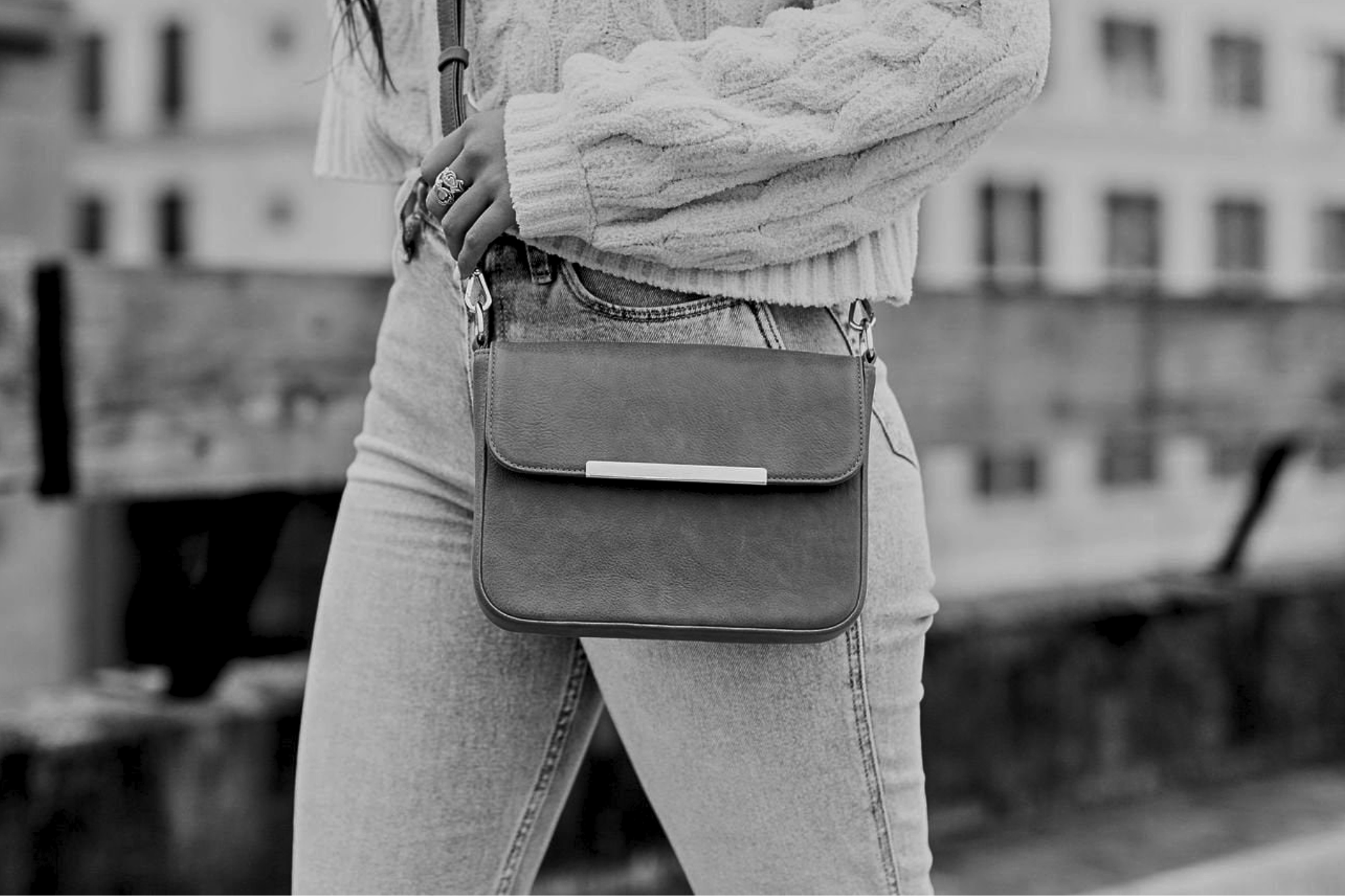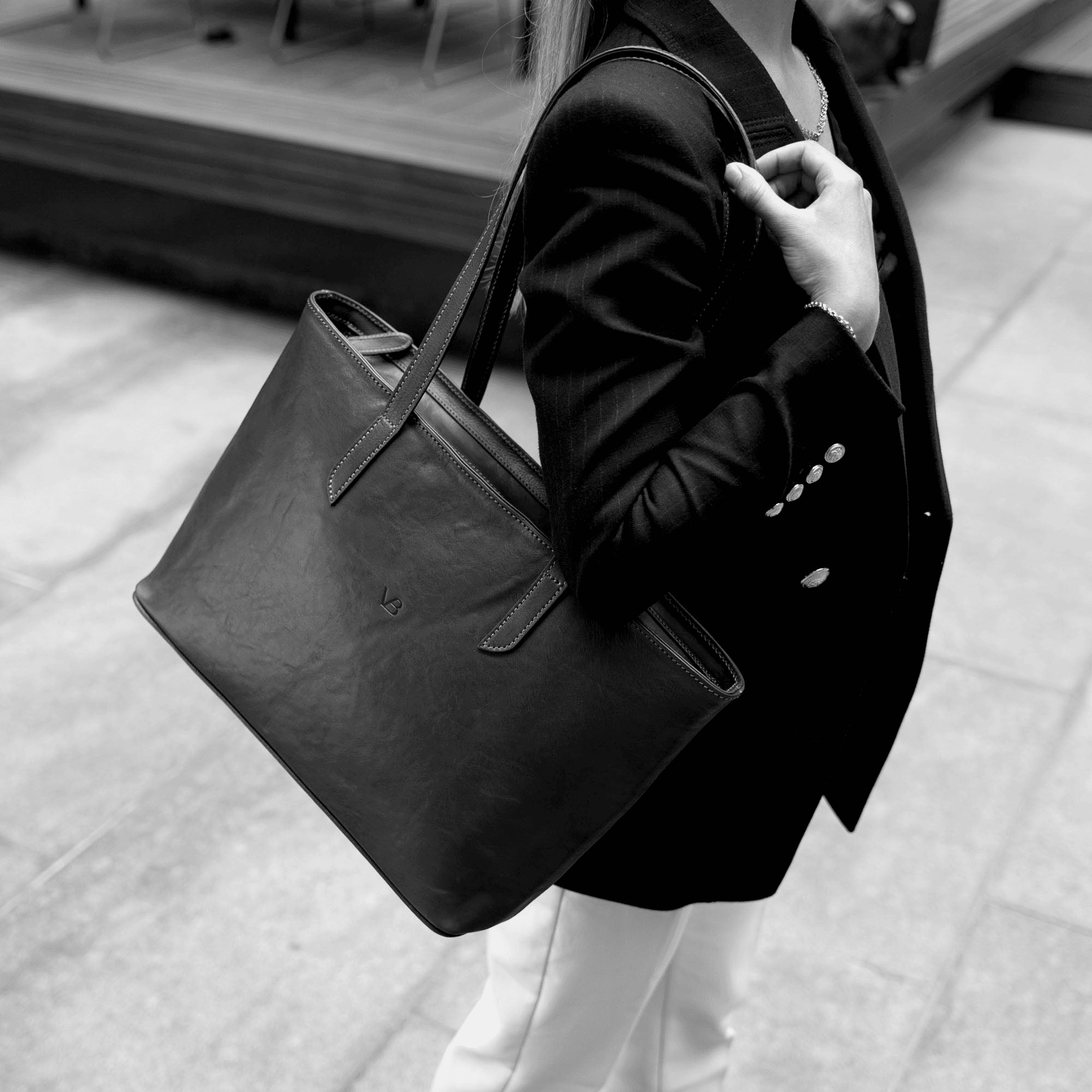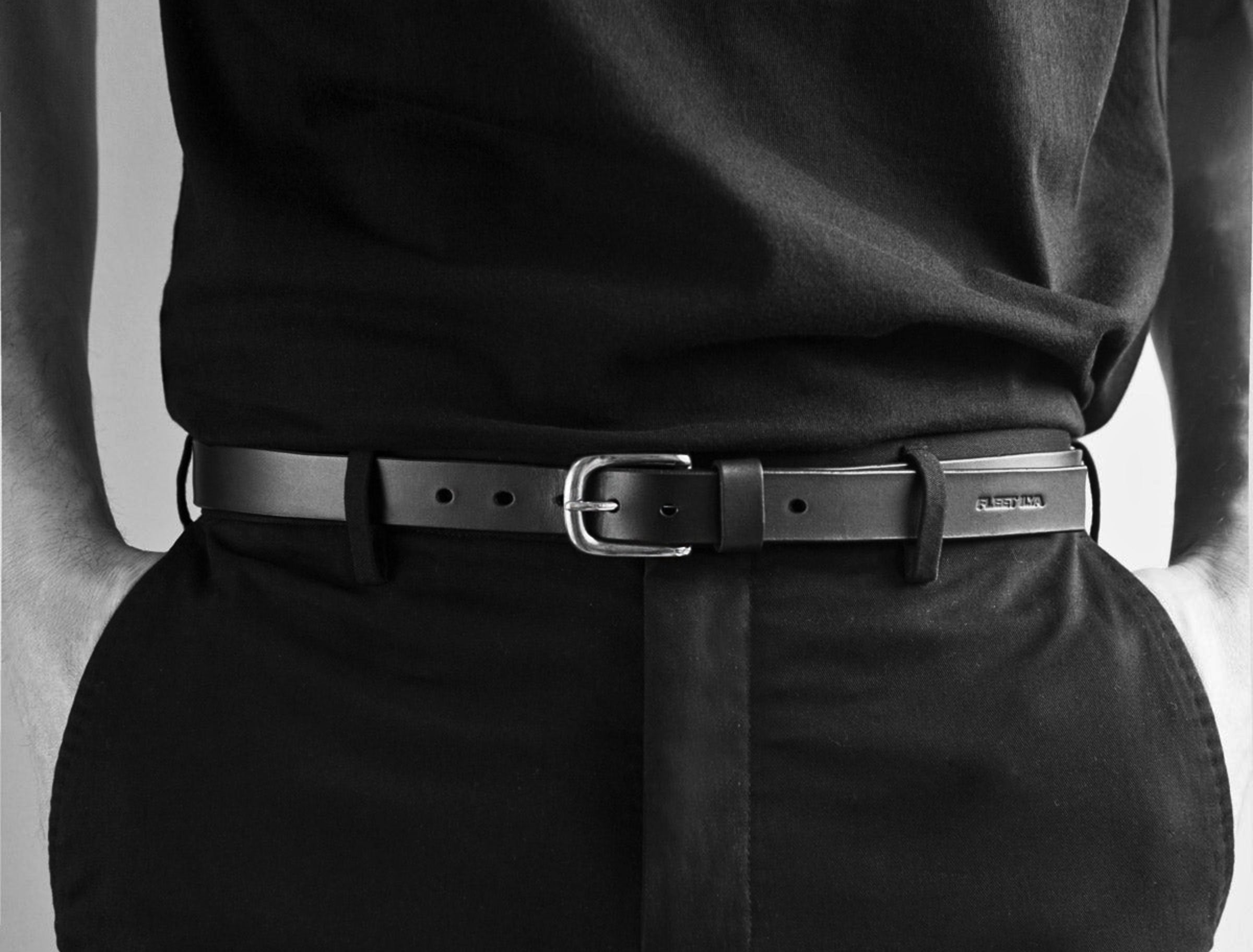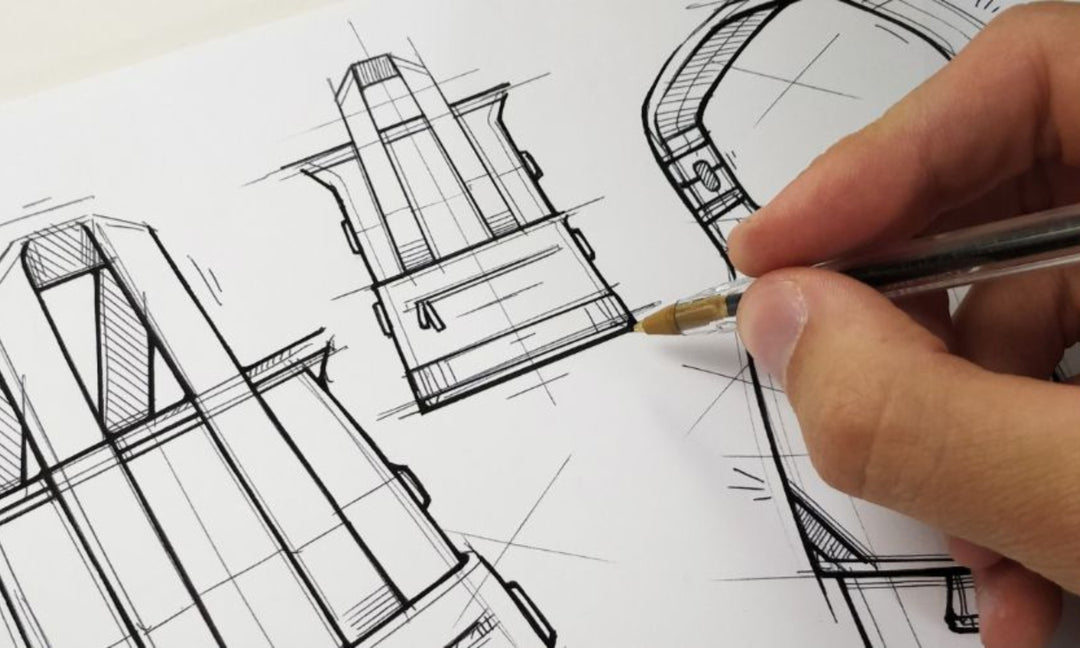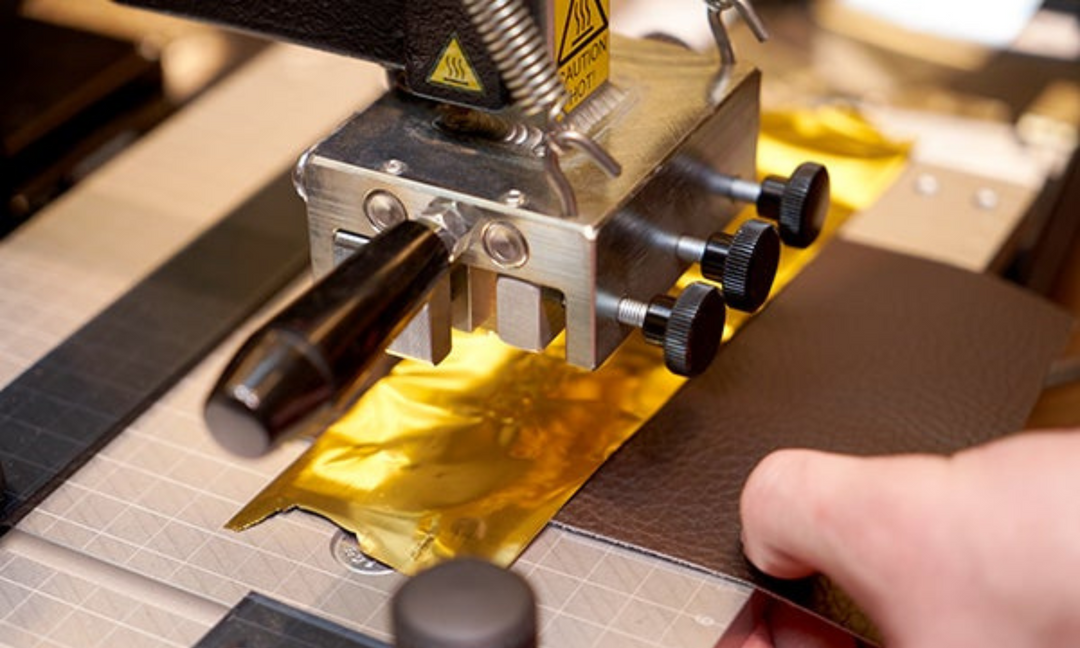How to care for your leather organizer: maintenance tips and tricks?
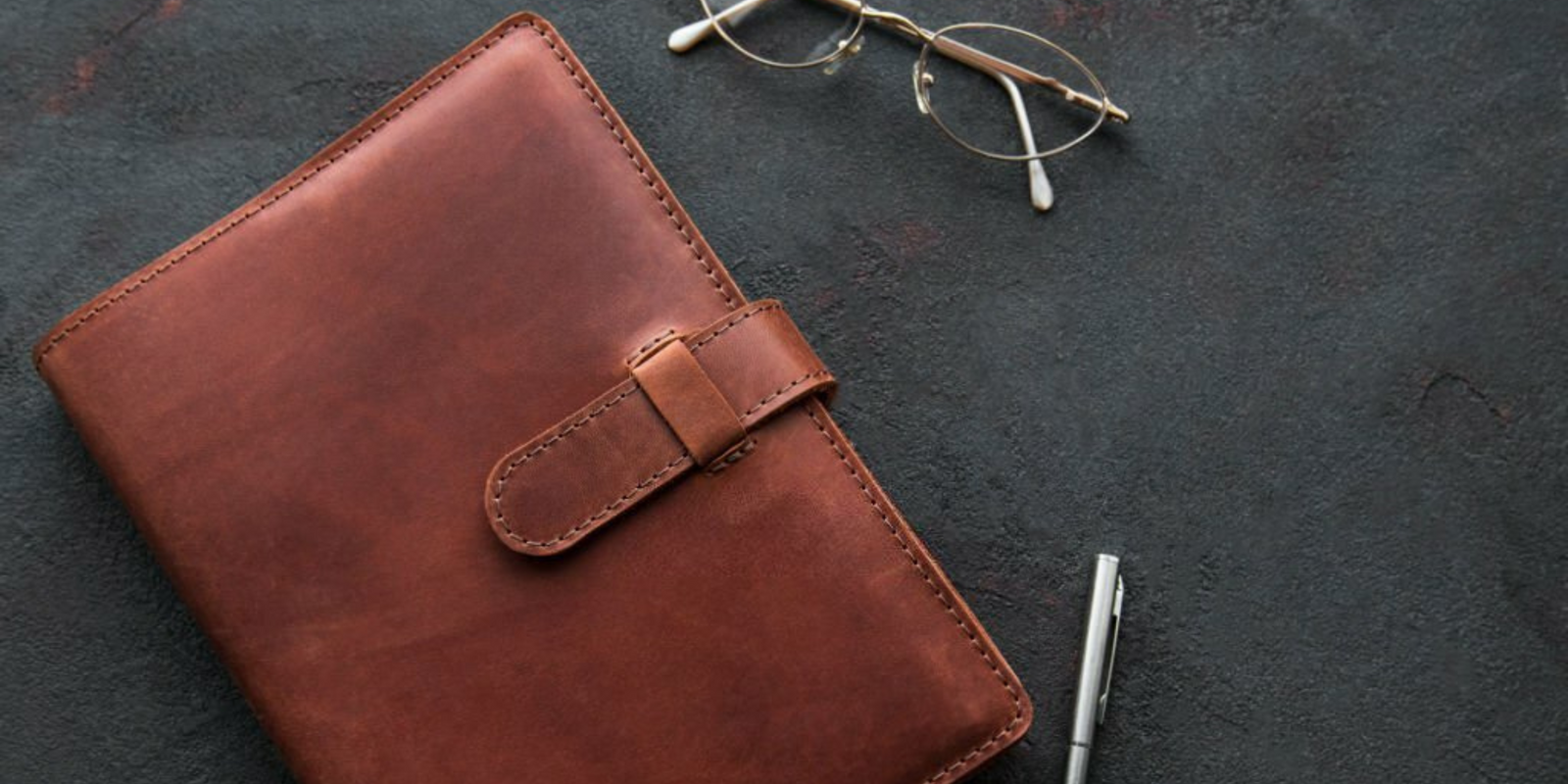
How to care for your leather organizer: maintenance tips and tricks?
Introduction
The elegance of leather

Durability and longevity
Versatility in organization
1. Leather wallets
2. Leather planners
3. Leather desk organizers
4. Leather travel pouches
The art of leather care
1. Cleaning
2. Conditioning
3. Storage
4. Protection
The MECE framework for maintenance
1. Maintenance
2. Enhancement
3. Cleaning
4. Enhancement
Understanding leather
Types of leather used
1. Full-grain leather
2. Top-grain leather
3. Genuine leather
4. Bonded leather
Leather characteristics
1. Durability
2. Aesthetic appeal
3. Aging process
Preemptive care
Choosing the right leather organizer
-
Leather type: As discussed in our previous article, the type of leather plays a vital role in the durability and aging process of your organizer. Opt for full-grain or top-grain leather for maximum longevity.
-
Design and function: Choose an organizer that suits your needs. Consider the number of compartments, card slots, and any additional features that align with your organizational requirements.
-
Quality of craftsmanship: Examine the stitching, zippers, and hardware. Well-crafted leather organizers are more likely to withstand daily wear and tear.
-
Size and portability: Ensure that your organizer fits comfortably in your bag or pocket while holding all your essentials.
Initial inspection
-
Check for defects: Examine the entire organizer for any visible defects, such as scratches, scuffs, or loose threads. If you find any, consider returning it for an exchange or repair.
-
Smell test: Genuine leather should have a distinct, pleasant smell. If your organizer smells like chemicals or plastic, it may not be made from real leather.
-
Color consistency: Ensure the color is uniform throughout the organizer. Inconsistencies may indicate low-quality dyeing.
Storage considerations
-
Dust bag: Whenever your organizer is not in use, store it in a breathable dust bag. This prevents dust and dirt from settling on the surface.
-
Avoid overcrowding: Do not stuff your organizer with too many items, as it may lose its shape. Overcrowding can also lead to stretching and deformation.
-
Separate items: Use separate compartments for different items. Coins, keys, or sharp objects can scratch the leather or damage its lining.
-
Temperature and humidity: Keep your organizer in a cool, dry place. Avoid extreme temperature fluctuations and high humidity, which can lead to mold and mildew growth.
Avoiding direct sunlight
-
Fading: Prolonged exposure to sunlight can cause the leather's color to fade. Store your organizer away from direct sunlight when not in use.
-
Drying out: Sunlight can also dry out the natural oils in the leather, making it brittle and more prone to cracking. This can be irreversible damage.
-
Heat: Excessive heat, especially in combination with sunlight, can cause the leather to warp or lose its shape.
Daily maintenance
Cleaning essentials
1. Gentle leather cleaners
2. Soft brush
Wiping and dusting techniques
1. Regular wiping
2. Dusting
Removing stains
-
Blotting: For liquid stains, such as coffee or wine, blot the affected area with a clean, dry cloth. Do not rub, as this can spread the stain.
-
Leather cleaner: If blotting doesn't do the trick, use a gentle leather cleaner as per the product instructions. Always test the cleaner on an inconspicuous area first to ensure it won't harm the leather.
-
Stain-specific treatments: Some stains, like ink or grease, may require specific treatments. Consult with your leather specialist or refer to the product manual for guidance.
Conditioning the leather
-
Regular conditioning: Depending on how frequently you use your organizer, conditioning it every few months is recommended. Use a conditioner that matches your leather type.
-
Even application: Apply the conditioner evenly across the leather surface, using a soft cloth or sponge. Pay attention to areas that are exposed to more wear, like the edges and corners.
-
Buffing: After applying the conditioner, buff the leather gently with a clean cloth to remove excess product and achieve a polished finish.

Protection strategies
Waterproofing
-
Waterproofing products: Invest in a high-quality leather waterproofing spray or wax that matches your leather type. Apply it as per the product's instructions.
-
Even application: Ensure an even and light application, focusing on seams and stitching. Be cautious not to oversaturate the leather, as this can affect its appearance.
-
Regular reapplication: Waterproofing is not a one-time process. Reapply the product as needed, especially if you've been exposed to rain or high humidity.
Preventing scratches
-
Storage practices: Store your organizer away from items that can cause scratches, such as keys or coins. Use separate compartments for different items to prevent contact.
-
Gentle handling: Handle your leather organizer with care, avoiding rough surfaces or sharp objects.
-
Protective sleeves: Consider using protective sleeves or pouches for your organizer to further reduce the risk of scratches when it's not in use.
Guarding against mold and mildew
-
Proper storage: Store your leather organizer in a cool, dry place away from direct sunlight and moisture.
-
Air circulation: Allow for proper air circulation. Periodically take your organizer out of its storage to breathe and prevent mold growth.
-
Regular inspection: Routinely inspect your organizer for any signs of mold or mildew. If you notice any, take immediate action to clean and treat it.
Dealing with color fading
-
UV protection: Minimize direct sunlight exposure by storing your organizer in a shaded area when not in use.
-
Leather conditioner: Regular conditioning not only keeps the leather supple but can also help prevent color fading by maintaining the leather's natural oils.
-
Professional restoration: If your organizer's color has already faded significantly, consult a professional leather specialist for restoration and color rejuvenation.
Restoration
Reviving dull leather
-
Cleaning: Start by gently cleaning your leather organizer using a mild leather cleaner. Remove dust and surface dirt to reveal the true color of the leather.
-
Conditioning: Apply a quality leather conditioner that matches the type of leather. Conditioning replenishes lost moisture and brings back the leather's natural sheen.
-
Buffing: Gently buff the leather with a soft, clean cloth to enhance the shine. Use circular motions and take your time to achieve the desired luster.
Repairing scratches and scuffs
-
Cleaning: Begin with a thorough cleaning to remove dirt and debris from the affected area. This helps you see the extent of the damage clearly.
-
Scratch repair kit: Invest in a leather scratch repair kit, which usually contains filler and color-matching products. Follow the kit's instructions to fill and repair the scratches.
-
Color restoration: If the scratches have affected the color, consider using a leather dye that matches your organizer's shade. Apply it carefully and blend it in with the surrounding leather.
Addressing creases and wrinkles
-
Steam treatment: Gently steam the creased area by holding it above a pot of boiling water. Be cautious not to get the leather too wet. Steam helps relax the fibers, making it easier to reshape.
-
Reshaping: Once steamed, reshape the leather by hand. Use a rounded object like a glass or jar to further smooth out the creases. Allow it to dry in the desired shape.
-
Conditioning: Apply a leather conditioner to keep the leather supple and prevent further creasing.
Reconditioning leather
-
Cleaning: Start with a thorough cleaning using a leather cleaner, removing any dirt, dust, or residual products.
-
Conditioning: Apply a leather conditioner generously. Ensure you cover all areas, paying special attention to seams and corners.
-
Buffing: Buff the leather gently with a soft, clean cloth to remove excess conditioner and achieve a polished finish.
Specialized care for different types of leather
Full-grain leather care
-
Cleaning: Use a damp, soft cloth to remove surface dirt and stains. Avoid harsh chemicals or excessive water, as it can damage the leather.
-
Conditioning: Apply a leather conditioner specifically designed for full-grain leather. This helps in retaining the leather's natural oils, keeping it soft and supple.
-
Protection: Full-grain leather is less susceptible to scratches, but you can use a leather protector to create a barrier against water and stains.
-
Avoid sunlight: Store your full-grain leather organizer away from direct sunlight, as prolonged exposure can cause it to fade.
Top-grain leather care
-
Cleaning: Clean with a damp cloth and a mild leather cleaner. Gently wipe away surface dirt and stains.
-
Conditioning: Apply a top-grain leather conditioner to keep the leather soft and prevent drying out.
-
Protection: Similar to full-grain leather, you can use a leather protector for added resistance against water and stains.
-
Sunlight protection: Store your top-grain leather organizer away from direct sunlight to prevent fading.
Genuine leather care
-
Cleaning: Use a damp cloth and a mild leather cleaner to clean the surface. Be gentle to avoid damage.
-
Conditioning: Apply a genuine leather conditioner to maintain its suppleness. While it won't develop a patina like full-grain leather, conditioning helps extend its life.
-
Protection: As genuine leather is more susceptible to scratches, take extra care to avoid sharp objects.
-
Sunlight protection: Keep it away from direct sunlight to prevent color fading.
Bonded leather care
-
Cleaning: Clean with a damp cloth and mild soap. Avoid excessive water, as bonded leather can deteriorate when wet.
-
Conditioning: While bonded leather doesn't benefit much from conditioning, you can use a bonded leather conditioner occasionally.
-
Protection: Protect it from scratches, as bonded leather is more prone to damage. Use a gentle touch when handling it.
-
Sunlight protection: Like other leather types, keep bonded leather away from direct sunlight to avoid fading.
Storing your leather organizer
Long-term storage
-
Clean and condition: Before storing, clean your organizer with a damp, soft cloth to remove any dirt or dust. Then, apply a leather conditioner to maintain the leather's moisture and suppleness.
-
Stuffing and shaping: To prevent your organizer from losing its shape, stuff it with tissue paper or use a leather shaper specifically designed for the purpose.
-
Dust bag or pillowcase: Place your leather organizer in a breathable dust bag or a clean cotton pillowcase. These allow air circulation while protecting it from dust and light.
-
Cool, dry location: Store your leather organizer in a cool, dry place, away from direct sunlight and moisture. Extreme temperature fluctuations can cause leather to crack or warp.
-
Periodic check: Occasionally, take your organizer out to inspect it for any signs of damage or mold. Apply a gentle leather cleaner or conditioner if necessary.
Traveling with leather organizers
-
Travel pouch: Use a protective leather travel pouch or sleeve to keep your organizer safe during transit. This prevents scratches and damage.
-
Separate compartments: Organize your essentials within your organizer to prevent items from moving around and causing friction or scratches during travel.
-
Carry-on or personal item: If you're flying, consider keeping your leather organizer in your carry-on or personal item to ensure it's always within reach and protected.
-
Weather protection: Be prepared for weather conditions. If you expect rain or snow, carry an additional waterproof pouch or use a waterproofing spray on your organizer.
Avoiding common storage mistakes
-
Direct sunlight: Avoid leaving your organizer in direct sunlight for extended periods. Prolonged exposure can cause fading and drying of the leather.
-
Sharp objects: Store your organizer away from sharp or abrasive objects that could scratch or puncture the leather.
-
Overcrowding: Don't overcrowd your organizer with too many items. It can lose its shape and become strained.
-
Moisture and humidity: High humidity can lead to mold growth. Store your organizer in a dry environment to prevent this.
-
Leaving stains unattended: If your organizer gets stained, address it promptly to prevent the stain from setting.
Summary of best practices
Key takeaways
-
Know your leather: Understand the type of leather your organizer is made from (full-grain, top-grain, genuine, or bonded) to provide appropriate care.
-
Daily maintenance: Regularly clean your organizer with a damp cloth, use a soft brush to remove dust, and apply a gentle leather cleaner. Conditioning is essential to keep the leather supple.
-
Protection strategies: Implement protection strategies such as waterproofing, preventing scratches, guarding against mold, and avoiding sunlight to shield your organizer from various threats.
-
Restoration: If your organizer shows signs of wear, use restoration techniques to revive dull leather, repair scratches and scuffs, address creases and wrinkles, and recondition the leather.
-
Specialized care: Tailor your care routine to the type of leather, whether it's full-grain, top-grain, genuine, or bonded.
-
Storage matters: Proper storage is crucial, whether you're storing it for the long term or traveling. Avoid common storage mistakes like direct sunlight, sharp objects, overcrowding, moisture, and leaving stains unattended.
Longevity of your leather organizer
-
Choose the right type of leather for your needs, whether it's full-grain for durability or genuine leather for affordability.
-
Prioritize daily maintenance, protection, and specialized care based on the type of leather to keep it in optimal condition.
-
Store your organizer carefully, taking measures to prevent damage from environmental factors.
-
Periodically inspect and restore your organizer to keep it looking and feeling fresh.
Preserving the beauty
-
Regular cleaning and conditioning to maintain its natural sheen and suppleness.
-
Protecting it from common threats, such as water, scratches, and sunlight.
-
Repairing any damage promptly and reconditioning the leather to keep it vibrant and appealing.
